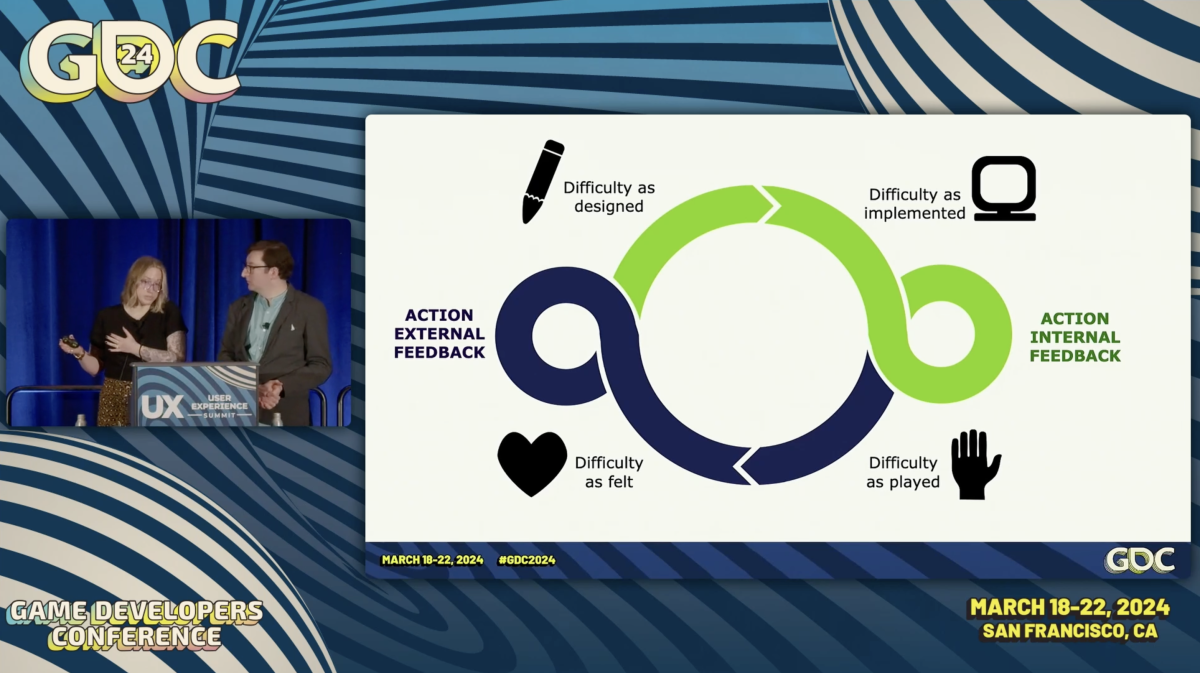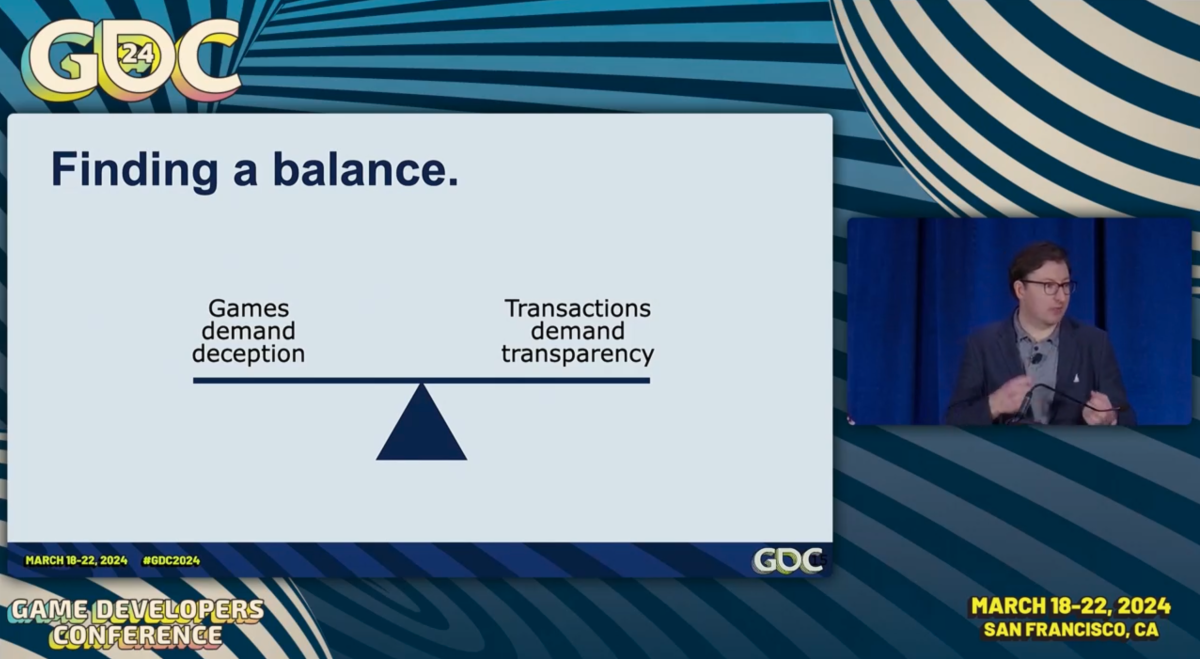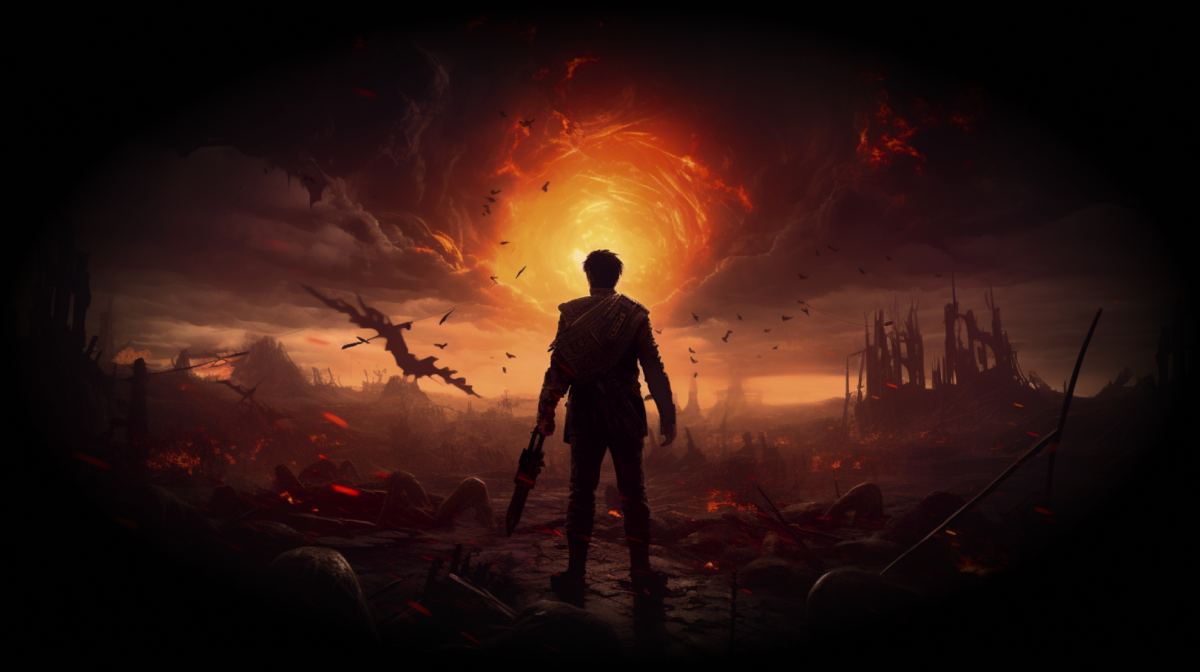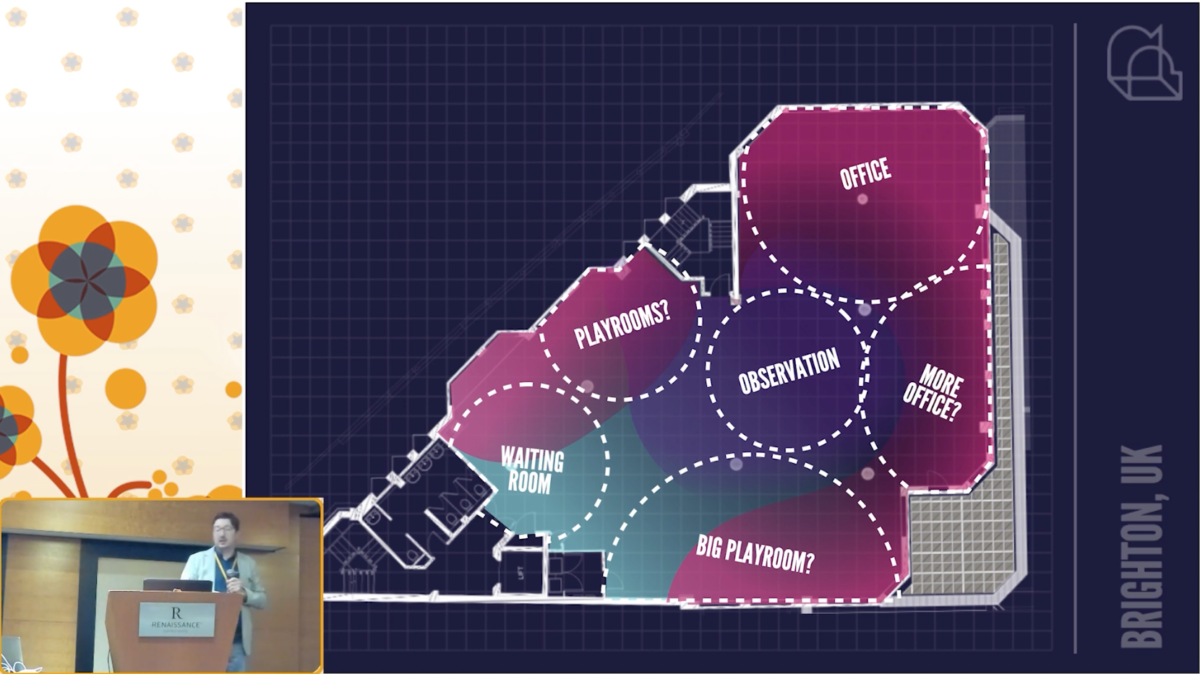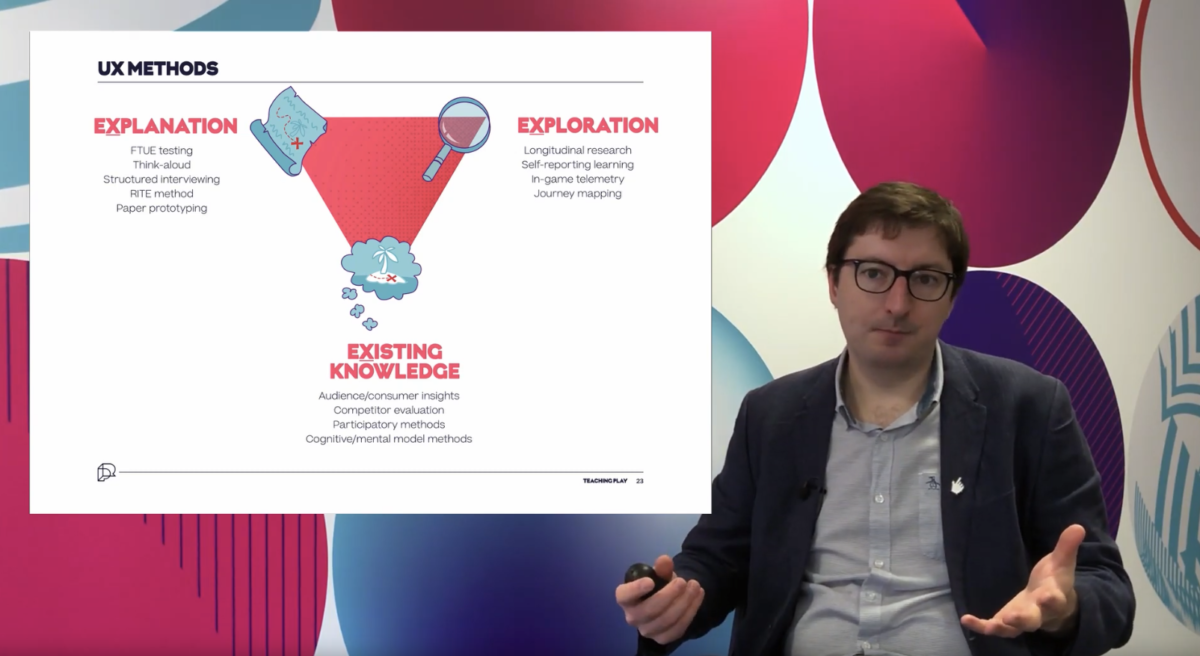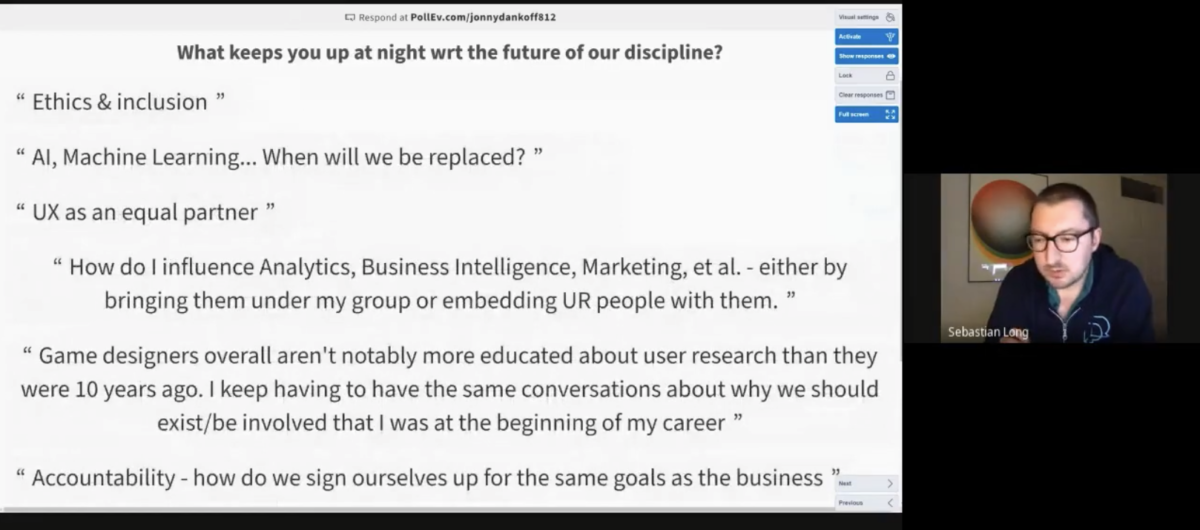GDC24: Difficult Games
One of five sessions I hosted at GDC.
Ubisoft Director of Insights for North America Lanie Dixon joined me to talk about difficult games: what it means to get a game that’s designed to be difficult into the hands of players.
The answer is simple, if not easy: an agreed picture of the game’s ‘facets of difficulty’, supported by deliberate data-gathering that spans internal and external feedback.
